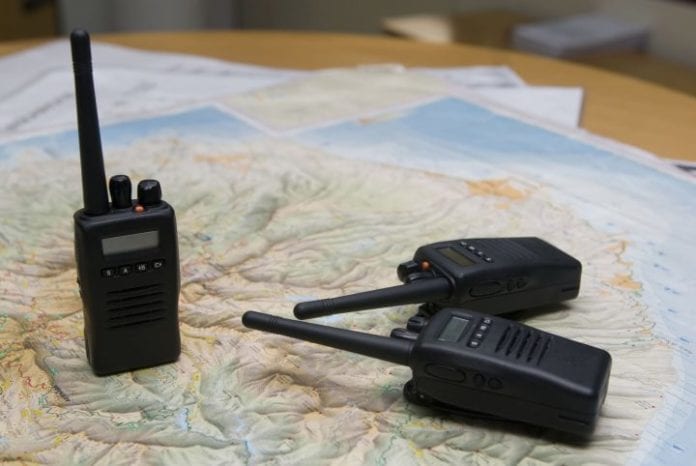In order for first responders and other public safety officials to perform their life-saving duties they have to be able to communicate with each other. But, unlike consumer networks, public safety networks have to work all the time, meaning the network has to be redundant, resilient and robust.
In Dallas, seven miles of the LBJ Express pass through a cantilevered tunnel effect, which creates a major challenge to providing connectivity. Let’s take a look at how RF connect worked with LBJ Express authorities to ensure public safety personnel were always in touch.
The RF Connect team designed a system covering the VHF, UHF, 700 MHz and 800 MHz bands; the deployment also features 24-hour battery back up with room to add generators to cover longer power outages.
The design includes nine remote locations with amplifiers on both sides of the LBJ Express, which feed six directional antennas with a total of 96 antennas. The antennas are all fiber-fed over Corning single-mode fiber in redundant fiber loops from two redundant head ends. In addition to Corning, Solid Technologies and CommScope provided equipment.
“Our No. 1 concern is the safety of the public on the roadway and the reliability of the highway system. Due to the lack of signal for first responder radios on the below grade sections of the roadway, we partnered with RF Connect to design, deliver and test a solution for all of the public safety entities that keep the traveling public safe,” according to LBJ Express COO Jason Sipes.
To learn more about another RF Connect project, check out this distributed antenna system case study covering the South Coast Plaza in Orange County, California, a high-end retail venue that includes more than 250 stores, restaurants and an arts center covering approximately 2.8 million square feet of gross leasable space.

